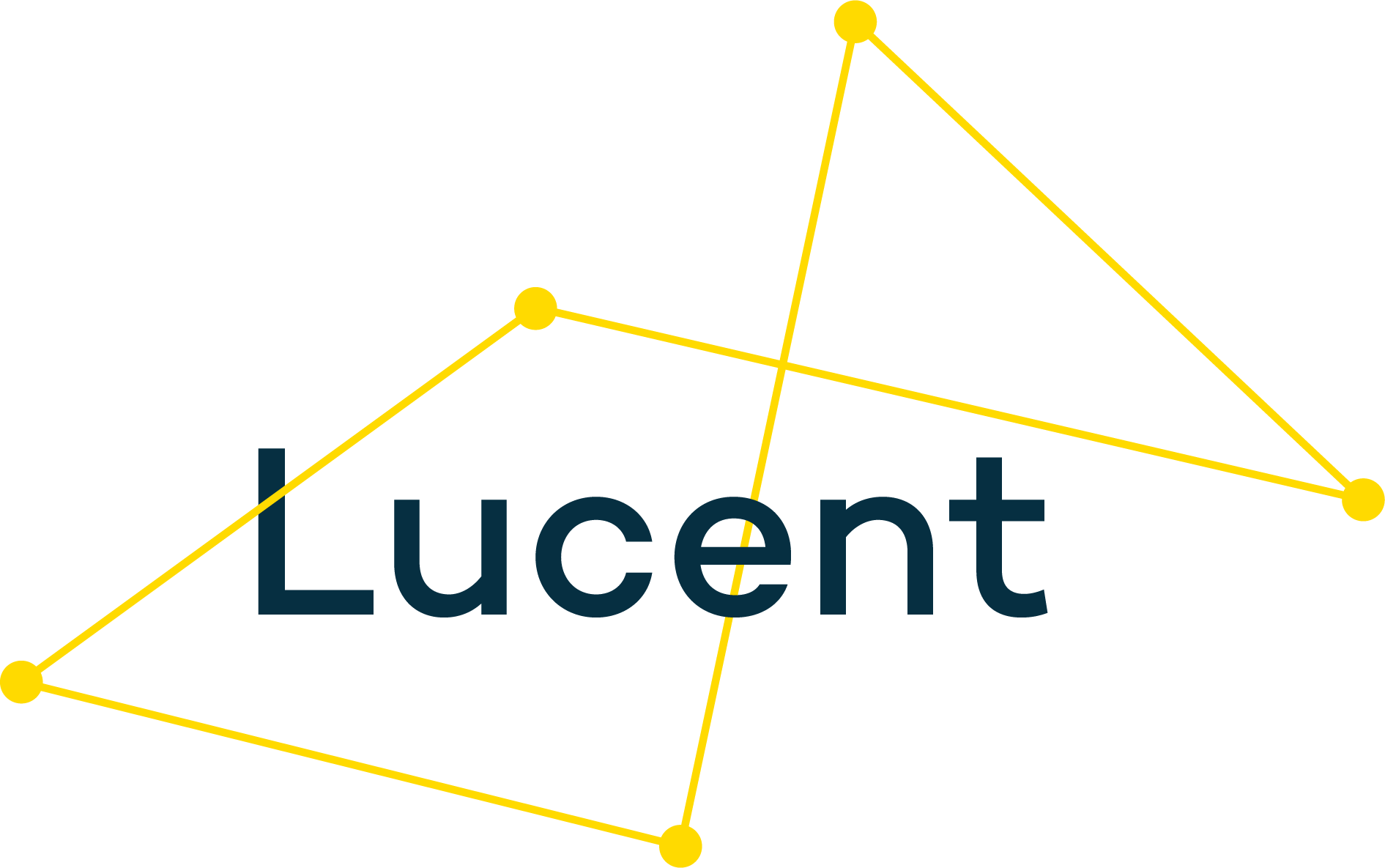Common problems in developing a strategy and how to get around them
“It all got off to such a flying start. But now I feel totally stuck.” Sound familiar?
Here are some of the common problems organisations face in developing their strategy and tips from our consultants about how to get around them.
Problem 1: There’s so much going on, I am not sure I can look at our strategy on top of everything else.
“This is such a familiar problem” says Lakshmi Sundaram. “We know how hard it is to carve out time for longer term thinking, when your to-do list is overflowing and everything feels urgent. But strategy work does not have to take up lots of time. Our strategy process is designed with busy teams in mind. We do the prep work before and the follow-up work afterwards so that all we need from your senior team is their time and attention in the room. You’d be amazed by how far a team’s thinking can develop in just 45 minutes when we can present them with fresh information from their stakeholders, ask the right questions and give them permission to think differently about their goals.”
“And remember, overwhelm or burnout is often a result of trying to do more and more with less and less resource. Making the investment of thinking time now will allow you to develop a good strategy and give you the confidence to say “No” to opportunities when necessary - ensuring that you are your team have the time and space you need in the future.”
Problem 2: I am just about to recruit an important post and am not sure whether to start my strategy review now or after they’ve arrived?
“Strategy is not a problem to be solved or a beautiful document to be written. Good - and lasting - strategy is all about the dialogue with the community you serve, your team, your board, your funders and your partners.” writes Andrea Menapace “So while we understand why you might want to wait for the new appointment, starting with a discovery phase allows you to do the background research and start engaging right now. Typically, we advise organisations to allow a minimum of 6 months – and two or three board meetings – to review and refresh their strategies. We also know that today’s reality is one of constant flux; waiting for 6 months won’t change that!”
Problem 3: My board is fed up with strategy conversations.
“A Chair once told me that their prior strategy conversations had a whiff of groundhog day. They talked their way around in circles, never feeling like they made progress” shares Charlotte Ravenscroft. “The problem was that those conversations had been focussed on whether or not to close one service which was an that divided the Board. As a consequence, the deeper strategic questions of how this organisation could best make change happen were actually not being addressed at all. Our experience is that, where there are areas of disagreement or the Board is finding it difficult to make decisions, one to one interviews with Trustees can make all the difference. This gives Trustees the time to go deeper and surface underlying assumptions and beliefs about the organisation. These deeper moments of reflection can help reset the tone of board conversations and move forward with a renewed enthusiasm for the clarity and creativity that a good strategy brings.”
Problem 4: Help! The strategy is being hijacked.
“This problem is more common than you might assume” says Katherine Rake. “People can have quite fixed views of how best to develop a strategy – and want to lift and shift a model from prior experience. Or there can be a fixation on what are the biproducts of a strategy (not the strategy itself). For example, we often hear trustees asking to see key performance indicators or a dashboard of metrics in the first strategy meeting – but these can only be meaningfully developed once the strategy itself has been developed. A graphic representation of the strategy journey can help here as it sets expectations about what will happen when. Lucent uses a triple diamond, inspired by the work of the Design Council, to illustrate how strategies get developed and to show the difference between strategy development and writing a business plan.”
Problem 5: The whole notion of a strategy feels overwhelming.
“Breaking the process into bitesize chunks can really help” says Katy Panter, “as can visualising the benefits you will get from the strategy. Get the team together and start with a couple of simple questions. Try these for starters:
If your strategy process is successful, what will others be saying about you, your team and its work a year into the new strategy?
What will a renewed focus and set of priorities make you feel about your organisation?
You walk down the street on your commute and notice something that your strategy has helped deliver - what is it?”
“And remember,” adds Katy “our team of consultants are experienced leaders themselves. They have walked in your shoes and bring a mix vision and pragmatism to every brief.”

